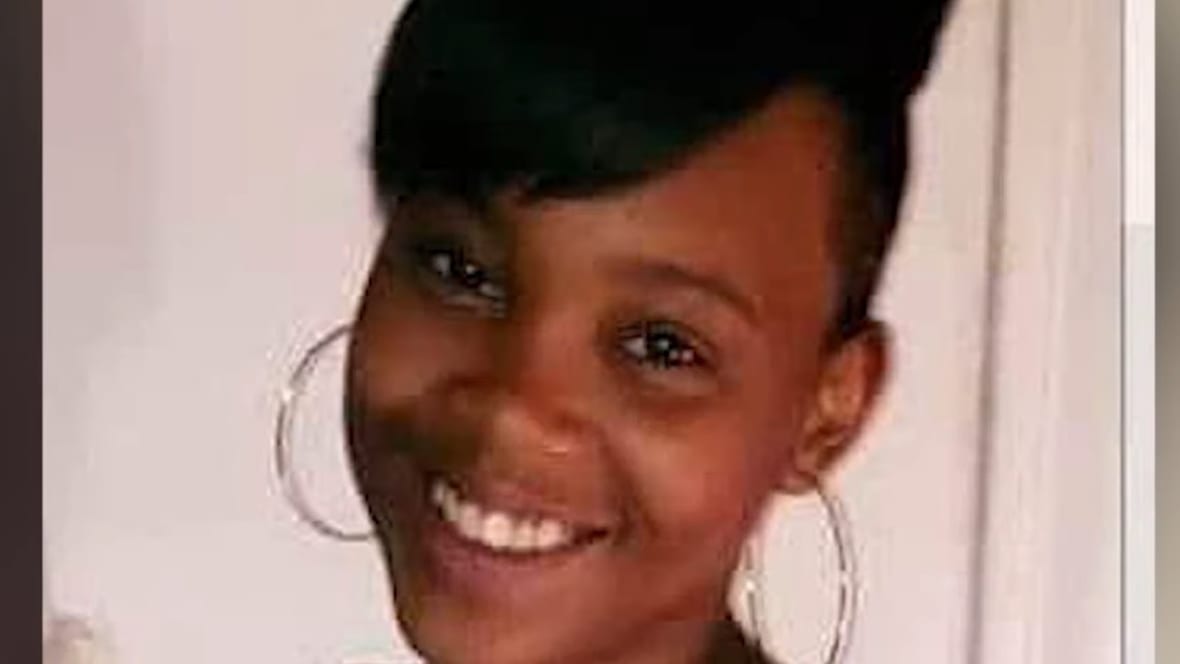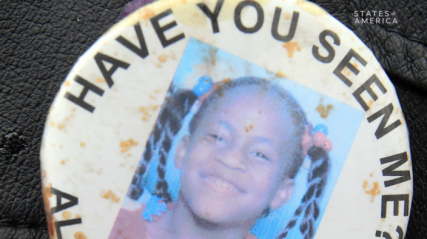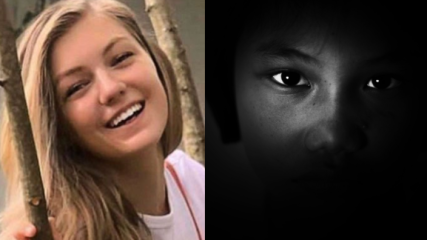Nearly 100,000 women of color went missing in 2020, and now one state wants to do something about it
Despite making up only 13 percent of the female population in the U.S., studies have shown that Black women account for 35 percent of the country's missing women.
Legislators in Minnesota hope to establish the nation’s first-of-its-kind organization to investigate the disappearances of a disproportionately high number of Black women and girls in the United States.
House Bill HF55, which would create the Office of Missing and Murdered Black Women and Girls, was approved by the Minnesota House on Feb. 20 by a majority of 110–19. The groundbreaking endeavor is anticipated to cost about $2.5 million and would examine the circumstances of missing persons and cold cases, Yahoo! News reported.
The bill’s author, Rep. Ruth Richardson of the Democratic-Farmer-Labor Party, said it is a high priority in the governor’s budget and expressed optimism it would pass this year. In her opinion, it’s a blueprint for a national response.

“We are hoping that we can help to lead the way,” Richardson said, Yahoo reported, “to ensure that Black women and girls are extended the same protection and the same support and the same energy that we see in coverage of other cases.”
Despite making up only 13 percent of the female population in the U.S., studies have shown that Black women account for 35 percent of the country’s missing women. Nearly 100,000 of the 250,000 women who went missing during the COVID-19 pandemic in 2020 were women of color.
According to data cited by Brittany Lewis, co-founder of Research in Action, over 60,000 Black women are missing nationwide — and are twice as likely to be homicide victims than they appear to be. Experts claim that cases involving missing Black women and girls remain open for four times as long as cases involving white individuals.
Still, the state report from Minnesota’s Missing and Murdered Black Women and Girls Task Force, established in 2021, indicates that Black women are less likely to receive media coverage when they go missing.
It’s a phenomenon called “missing white woman syndrome,” which describes the unequal coverage given to white women and women of color.
Natalie Wilson, co-founder of the nonprofit Black and Missing Foundation, cited sex trafficking of young girls, mental health issues, an increase in domestic violence and “a lot of systemic reasons” as some of what’s behind Black women and girls’ disappearances.
Toni Jacobs remembers the challenges she encountered after her 21-year-old daughter, Keeshae Jacobs, vanished in Richmond, Virginia, in 2016. Jacobs claimed that she sometimes feels like the only one fighting, adding that not even the police seemed to believe her.
“People [said] ‘oh she had a boyfriend. She just ran out. She was pregnant, and she was scared to tell me,'” Jacobs recalled, Yahoo reported. She finds it unfair that such thoughts are the first to come to mind in cases like hers.
If HB HF55 passes in the Minnesota Senate and eventually becomes law, the Bureau of Criminal Apprenticeship would be obligated to run a missing persons notification program for Black women and girls.
“People are taking them,” Jacobs opined, “because they know they’re not getting attention.”
TheGrio is FREE on your TV via Apple TV, Amazon Fire, Roku and Android TV. Also, please download theGrio mobile apps today!


